Family
Elizabeth Stern
Eva Michaelis Stern
Eva Michaelis Stern was co-founder and director of the fundraising arm of the Youth Aliyah in Germany, and later the director of the Youth Aliyah office in London. Over the course of WWII, she helped more than 1000 children from countries all over Europe immigrate to Palestine.
Hannah Mayer Stone
Suburbanization in the United States
Jews migrated in large numbers to newly constructed suburbs after World War II and the end of restrictive covenants that had excluded them. During the day, suburbs were largely female spaces where married Jewish women cared for their children and private homes, while volunteering for Jewish and civic activities. Jewish daughters raised in suburbs enjoyed middle-class comforts but also experienced pressures to conform to American gentile ideals of beauty.
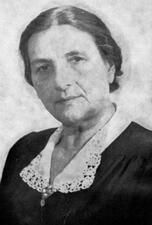
Hasya Sukenik-Feinsod
Hasya Sukenik Feinsod served as director of the Hebrew Kindergarten Teachers College. In 1919 Feinsod was appointed by the Education Committee to serve as superintendent of kindergartens in Jerusalem. She headed the Association of Kindergarten Teachers, and she was the first and only female representative on the Education Committee.
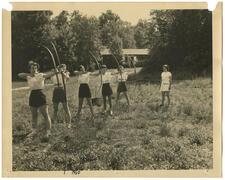
Summer Camping in the United States
The Jewish summer camp movement shaped ethnic-American identity and Jewish childhood throughout the twentieth and into the twenty-first century. A means to fight anti-Semitism by showcasing patriotism and developing the camper’s physical fitness, it was also a safe space to explore, question and craft religious traditions and rituals, novel ideas about girlhood, and the possibilities of womanhood.
Nettie Sutro-Katzenstein
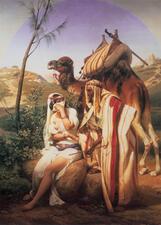
Tamar: Midrash and Aggadah
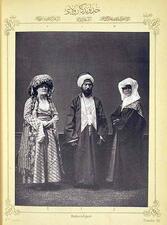
Turkey: Ottoman and Post Ottoman
The Jewish population of Turkey navigated far-reaching changes in the political, social, and geopolitical spheres in the late nineteenth and the early twentieth centuries, as the Ottoman Empire pursued reform and collapsed and the Turkish Republic that took its place imposed a process of “Turkification” on its residents. During this period, Jewish women partook in traditional customs relating to religion, family, and the home, while also accessing new opportunities in the public sphere through education and political engagement.
Two Prostitutes as Mothers: Midrash and Aggadah
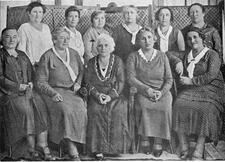
Union of Hebrew Women for Equal Rights in Erez Israel
Wifebeating in Jewish Tradition
Wise Woman of Tekoa: Bible
The midrash includes the wise woman from Tekoa among the twenty-three truly upright and righteous women who came out of Israel. The Rabbi’ note that because the residents of Tekoa frequently used olive oil, they were wise. The woman’s wisdom was therefore linked to the blessing of olive oil and, in the opinion of the Rabbis, reflected the wisdom of all the area’s inhabitants.
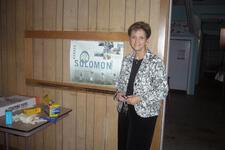
Carol Wise
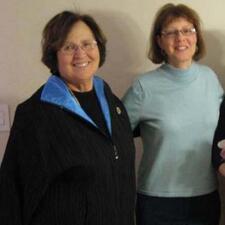
Judy Wolf
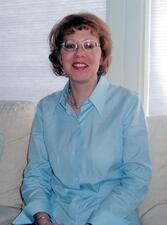
Sue Wolf-Fordham
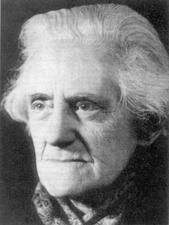
Nelly Wolffheim
Nelly Wolffheim spent her career developing and teaching a kindergarten curriculum based around Sigmund Freud’s psychoanalytic framework. She taught this curriculum, which encouraged children to express their sexual desires, to Jewish women teachers in Berlin. After escaping Germany for England in 1939, Wolffheim struggled to continue her research but began publishing her work again after the war.
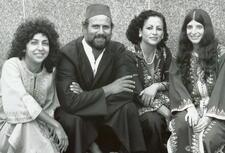
Women and Sephardic Music
Ladino or Judeo-Spanish Sephardic songs are primarily a women’s repertoire. The two main traditions are that of northern Morocco and the Eastern Mediterranean, primarily today’s Turkey, Greece, the Balkans.
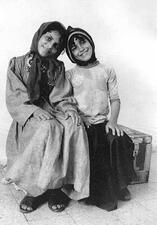
Yemen and the Yishuv
Zilpah: Bible
Zilpah was given as a wedding gift to Leah by her father Laban on the occasion of Leah’s marriage to Jacob. Through the initiative of Leah, Zilpah became a secondary wife to Jacob and bore him two sons, Gad and Asher.

Zoe Benjamin
Zoe Benjamin was a twentieth-century Australian teacher who pioneered liberal ideas in early child education, child rearing, and child psychology. She wrote and lectured, both in person and over the radio, in depth on these topics. Her work gained such distinction that she was known overseas in England as well as Australia.


